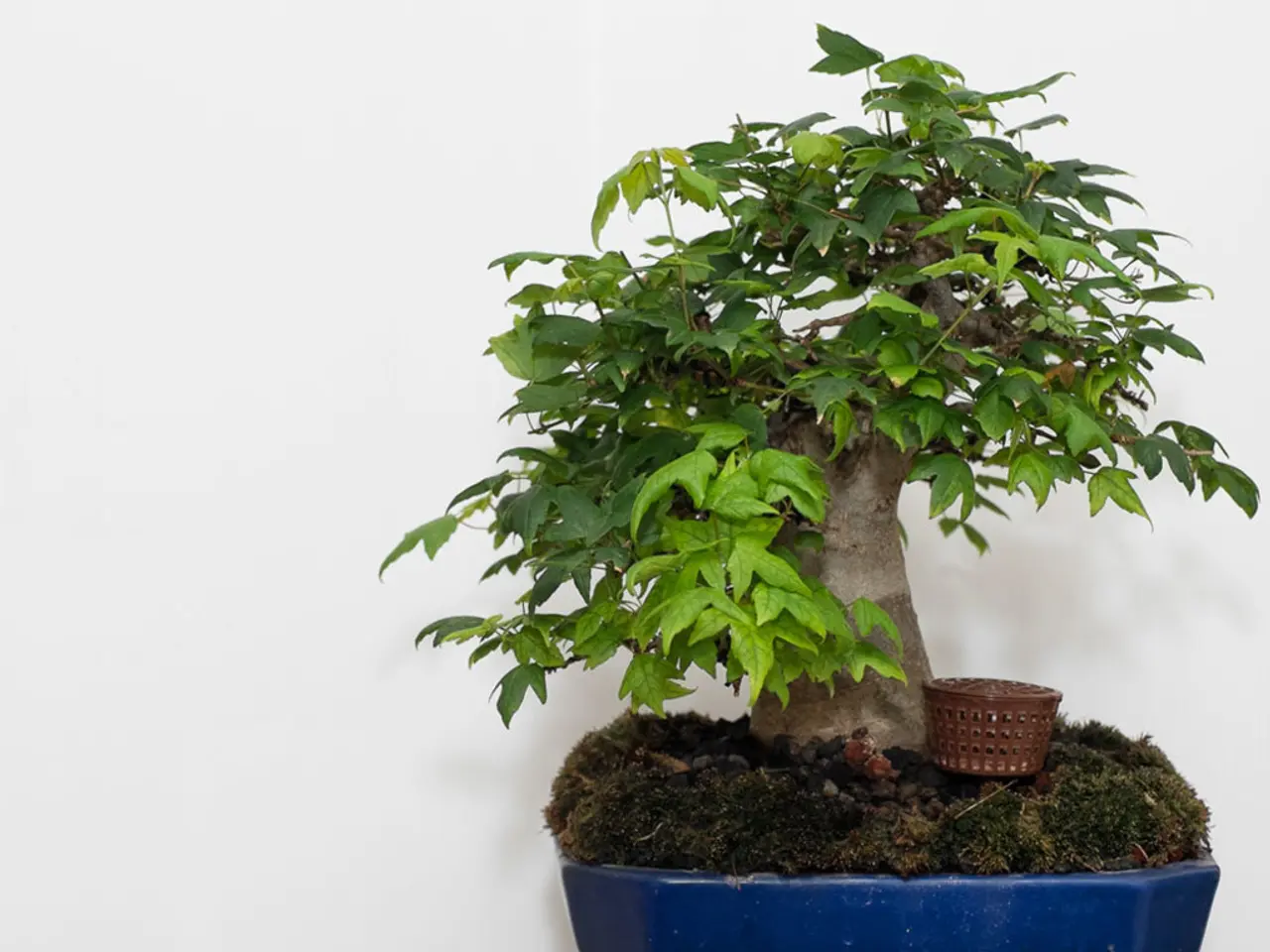Nurturing Bonsai: Cultivating, Monitoring, and Watching Trees Grow with Children
In an era where instant gratification often reigns supreme, bonsai cultivation emerges as a unique educational tool for children, fostering patience, mindfulness, and a deeper connection with nature.
Children, as they tend to their bonsai trees, begin to recognise the subtle cues of their plant's development. As their care practices become more intentional and informed, they find themselves growing alongside their bonsai, shaping their journey through life.
Ficus, Juniper, and Chinese Elm are ideal trees for children's bonsai due to their adaptability and response to regular pruning and training. These trees offer a blank canvas for creative expression or precise propagation of desired species.
The benefits of using bonsai cultivation to teach patience and appreciation for nature in children are manifold. Bonsai care requires daily involvement such as watering, pruning, and repotting, which naturally develops patience as children observe slow, gradual growth and learn that nurturing life is a long-term commitment.
Bonsai cultivation teaches patience by making children understand the value of time and consistent care. The slow progress of tree growth and shaping over years helps children appreciate the value of perseverance and the rewards of steady growth.
Moreover, bonsai cultivation encourages mindfulness and attention to detail by requiring careful pruning and monitoring of plant health. This process enhances children's focus and nurtures skills that are valuable in various aspects of life.
As children engage in regular maintenance tasks, they build responsibility, fostering a sense of duty and pride in their work. This sense of responsibility extends beyond the bonsai, helping children develop a broader understanding of the importance of care and nurturing in all aspects of life.
Bonsai cultivation also promotes appreciation for nature by connecting children to living trees, allowing them to experience natural processes up close. This close connection with nature allows children to develop empathy for plants and a deeper understanding of the delicate balance required for life to thrive.
Furthermore, bonsai cultivation integrates artistic and cultural learning. As a centuries-old art form, bonsai combines horticulture and design, enriching children's cultural awareness alongside ecological understanding.
In conclusion, bonsai cultivation provides a unique, hands-on educational experience that grounds children in nature, patience, and the rewards of sustained effort. It offers a rejuvenating respite from instant gratification, teaching children the value of patience and the rewards of steady growth.
Bonsai cultivation, an engaging activity from the realms of home-and-garden, serves as a tool for personal-growth and education-and-self-development, especially for children. As they nurture their Ficus, Juniper, or Chinese Elm tree, they organicly learn the importance of commitment, patience, and growth, mirroring parallel principles in their own lifestyle.




